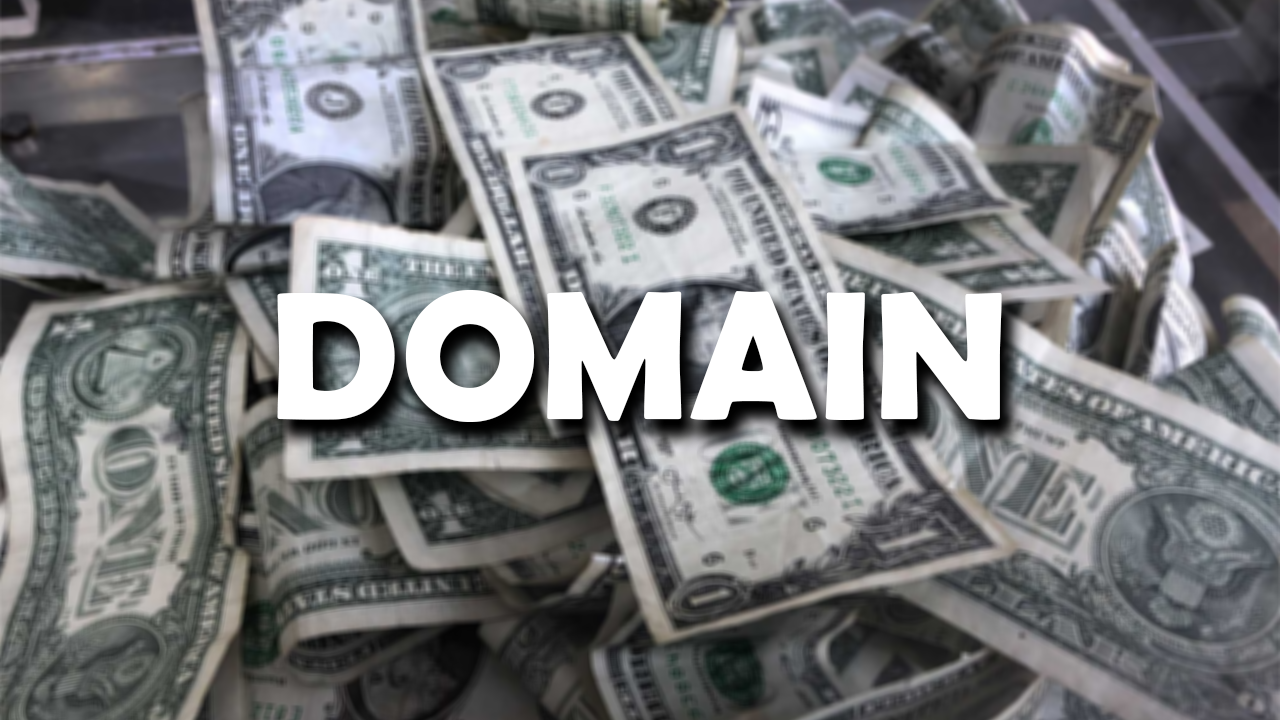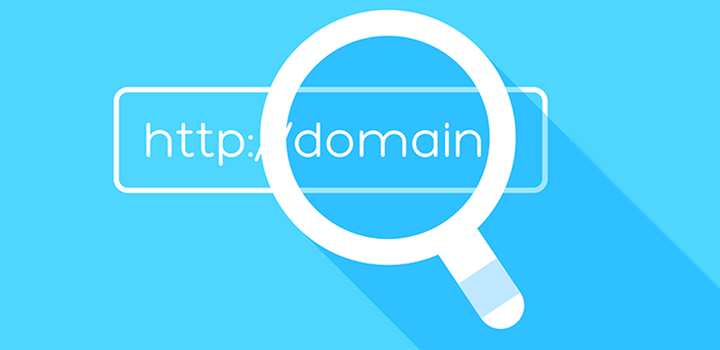You finally did it. You created a product, launched a business and raised the money. Now, you’re planning on rolling it out. You came up with a name for the product. It’s a beautiful name, and it’s the centerpiece of your business. Now it’s time to buy a domain name, but you find out the name is taken. Questions begin to flood your mind. Who owns the name? Is it a cybersquatter, an investor or another company that already owns that name? Before you go any further in the world of cybersquatting, it is always best to understand:
- The lay of the land
- Who’s who
- What can be done before entering into a negotiation or potential litigation
According to the relevant U.S. law, the Anti-Cybersquatting Consumer Protection Act (ACPA), a cybersquatter is someone registering, trafficking in or using an identical or confusingly similar internet domain name in bad faith with the intent to profit from the goodwill of a trademark belonging to someone else.
Clear examples of this would be owning domains like “wwwmicrosoft.com” (omitting the “.” between “www” and “Microsoft”) or “eddiebaurer.com” (this type of cybersquatting is often referred to as “typosquatting”). Another example would be if Schweppes announced an expansion of their business into Canada, and a person registered Schweppes.ca with the intention of selling it to Schweppes for a profit. The law provides up to $100,000 in monetary damages, but I would not count on collecting that from someone in a remote country using false information to register names in the first place.
A simple and fast dispute policy, the Uniform Domain-Name Dispute Resolution Policy (UDRP), can be used in the most common domain extensions, like .com, .net and many others. In order to win a UDRP dispute, you will need to prove three things:
1. The domain is identical or confusingly similar to your trademark.
2. The opposing party has no legitimate rights to the domain they have registered.
3. The domain name has been used and registered in bad faith.
While most UDRP disputes involve straightforward violations of well-known trademarks, there are some common situations where legitimate domain name investors prevail. Domain investing is “the purchase of domain names as a means of investment. A domain name can be used to generate revenue, or it can be resold for profitably.” Investment-quality domain names are those which might be common abbreviations, like “Ai.com” or common words that are not strongly associated with a particular trademark, like “Lease.com.” Both are listed for sale. Sometimes, the line between cybersquatting and domain investing involving common words depends on whether a domain name containing, say, “apple” is used for selling fruit or selling computers.
Here are two real-world cybersquatting cases:
Case 1: Nu Bank, a bank founded in 2013, filed numerous trademarks for “NU BANK” in 2014, then filed a UDRP against the domain name “NuBank.com,” which had been registered by its owner since 1997. Nu Bank Brazil claimed the owner of the domain name had “consistently refused to participate in good-faith negotiations regarding a purchase or transfer of the domain and has, instead, demanded unreasonably high sums from complainant.”
Looking at the three things a complainant must prove in a cybersquatting domain dispute:
1. Is the domain name identical or similar to the mark? Yes, this is obviously true.
2. Does the domain registrant have any legitimate rights? Usually, the dispute panel will look at whether the domain name was being used for anything substantive, and a registrar parking page doesn’t qualify.
3. Was the domain name registered and used in bad faith? The complainant argued that since the domain registrant was trying to sell the domain name for an exorbitant price, the dispute fell into the common pattern where someone registers a domain name for the purpose of extorting a trademark owner.
Outcome: Complaint denied. Because the domain was registered in 1997, 17 years before the Nu Bank trademark existed, it could not have been registered in bad faith. Aside from domain names that pre-date the trademark, common scenarios where complaints fail include those with dictionary words or phrases, valued for their common meanings; short, acronymic domains that are not very strongly associated with one party; or personal names.
Case 2: Facebook is a famous worldwide brand and also has a product called “Marketplace.” Even without operating a marketplace, though, the addition of other words to a well-known trademark does not render the domain name any less confusing. On the other two points of the UDRP, it is likewise clear that unauthorized uses of “Facebook” are not legitimate, and it would be very hard to imagine circumstances where the domain name could be used for some good faith purpose. As is typical, the domain registrant did not submit a response, most likely because no response would have been adequate.
Some companies take a preventive approach and end up owning thousands of defensively registered domain names with no real productive value. Microsoft, for example, owns tens of thousands of domains covering all of its brands. Other companies own portfolios of valuable dictionary-word domain names which they do not seem to fully use, such as Loans.com (owned by Bank of America) and Away.com (owned by Orbitz).
Whether on the buy-side or sell-side of a negotiation, it is best to fully understand the situation at hand. Consider whether there are any potential cybersquatting issues, and consider any potential outcomes by gathering the facts and speaking to a professional before potentially complicating your legal case with a commercial negotiation or complicating your commercial negotiation by making misguided legal claims. While it can be frustrating, it often turns out that merely desiring a high price for a domain name may not be grounds for winning a domain name dispute.



















